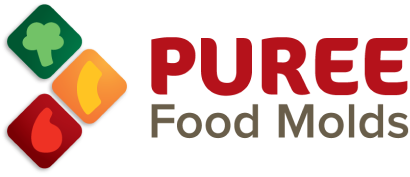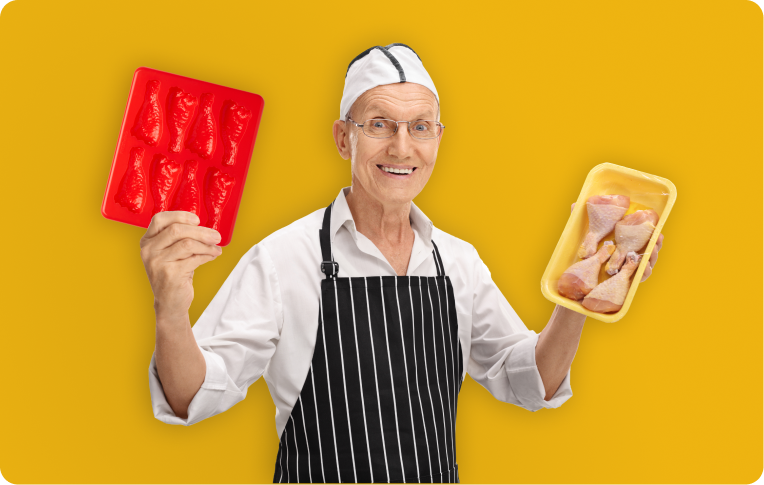Why This Matters
Imagine your grandparent is in the hospital, recovering from a stroke. They might have difficulty swallowing, a condition called dysphagia. To help, doctors or speech pathologists might put them on a texture-modified diet, which means their food is pureed or very soft to make it easier to eat. But, is this diet giving them all the energy and protein they need?
The Study
Researchers at Charing Cross Hammersmith Hospital wanted to find out. They studied 55 elderly patients: 30 on texture-modified diets and 25 on normal diets. They carefully measured what these patients ate over 24 hours and analyzed the nutritional content.
Key Findings
Energy Intake
-
Normal Diet: Patients on normal diets consumed an average of 6115 kJ of energy.
-
Texture-Modified Diet: Patients on texture-modified diets consumed only about 3877 kJ.
-
Energy Deficit: There was a big gap! Patients on texture-modified diets had a larger energy deficit, meaning they weren't getting as much energy as they needed.
Protein Intake
-
Normal Diet: These patients got about 60 grams of protein.
-
Texture-Modified Diet: Those on the texture-modified diets got only around 40 grams.
-
Protein Deficit: Again, the texture-modified diet group had a bigger deficit in protein intake.
Nutritional Supplements
- More than half (54%) of the patients on texture-modified diets needed extra nutritional supplements, compared to 24% of those on normal diets.
What This Means for Our Loved Ones
This study shows that older patients on texture-modified diets often don't get enough energy and protein, which are crucial for recovery and maintaining health. It's a call to action for better nutritional support and diet planning for these patients.
Takeaway
If you have a loved one in the hospital on a texture-modified diet, talk to their healthcare team about their nutritional needs. Ensuring they get enough energy and protein can make a big difference in their recovery and overall well-being.
Stay informed and take care!
Reference:
Farrer, O., Olsen, S., Mousley, K., & Teo, E. (2016). Comparison of Energy and Protein Intakes of Older People Consuming a Texture Modified Diet with a Normal Hospital Diet. Journal of Aging Research and Clinical Practice, 5(3), 199-204.


